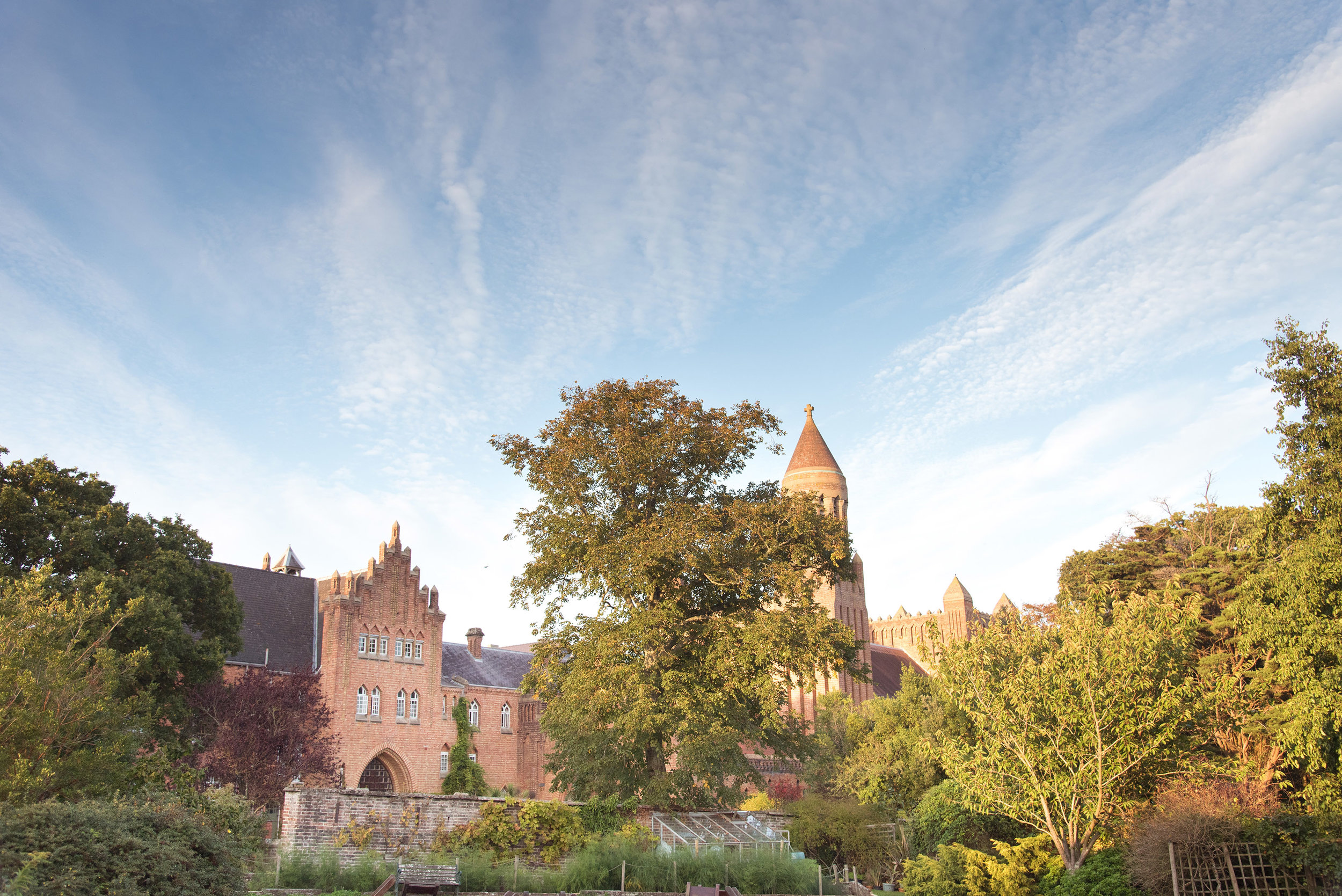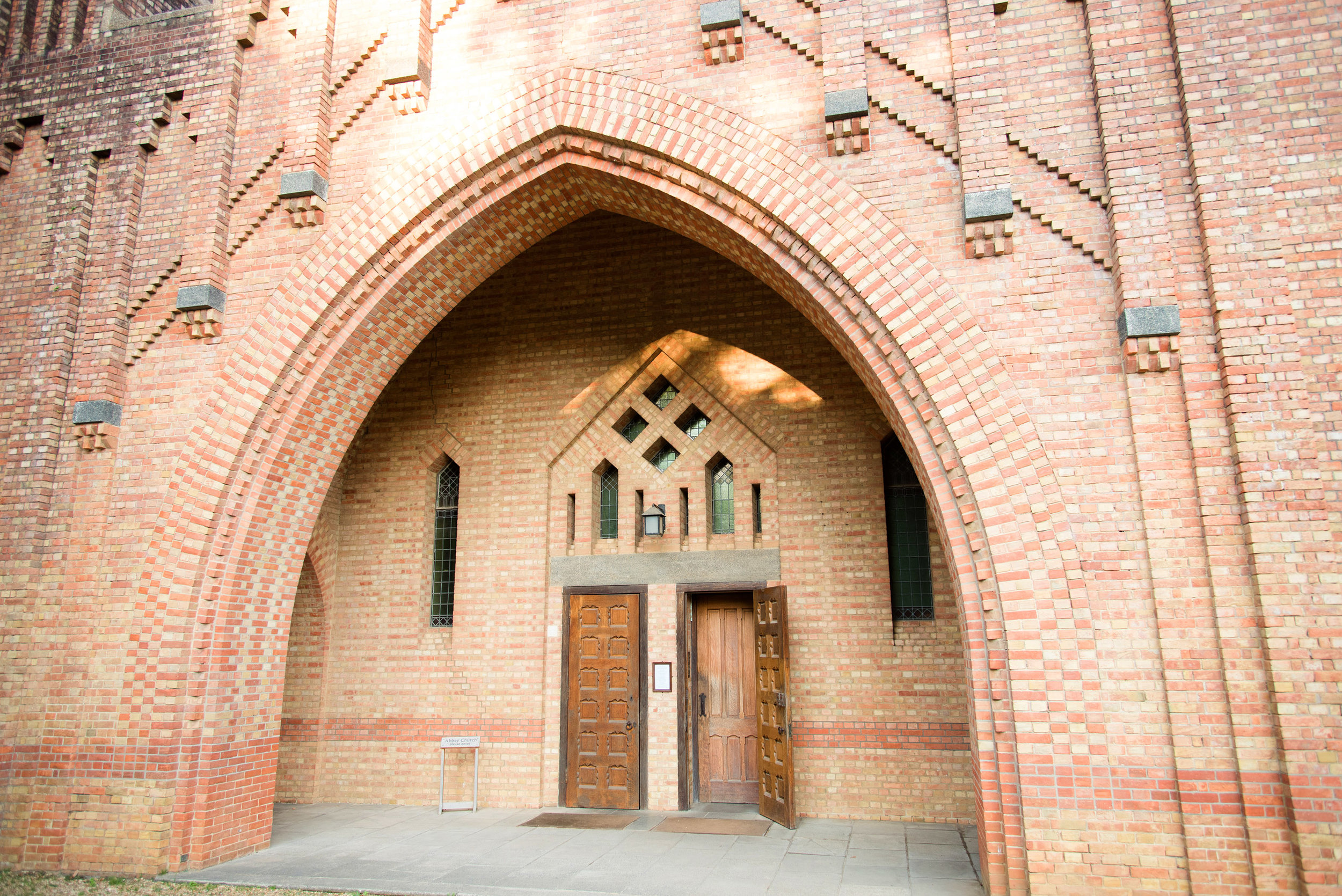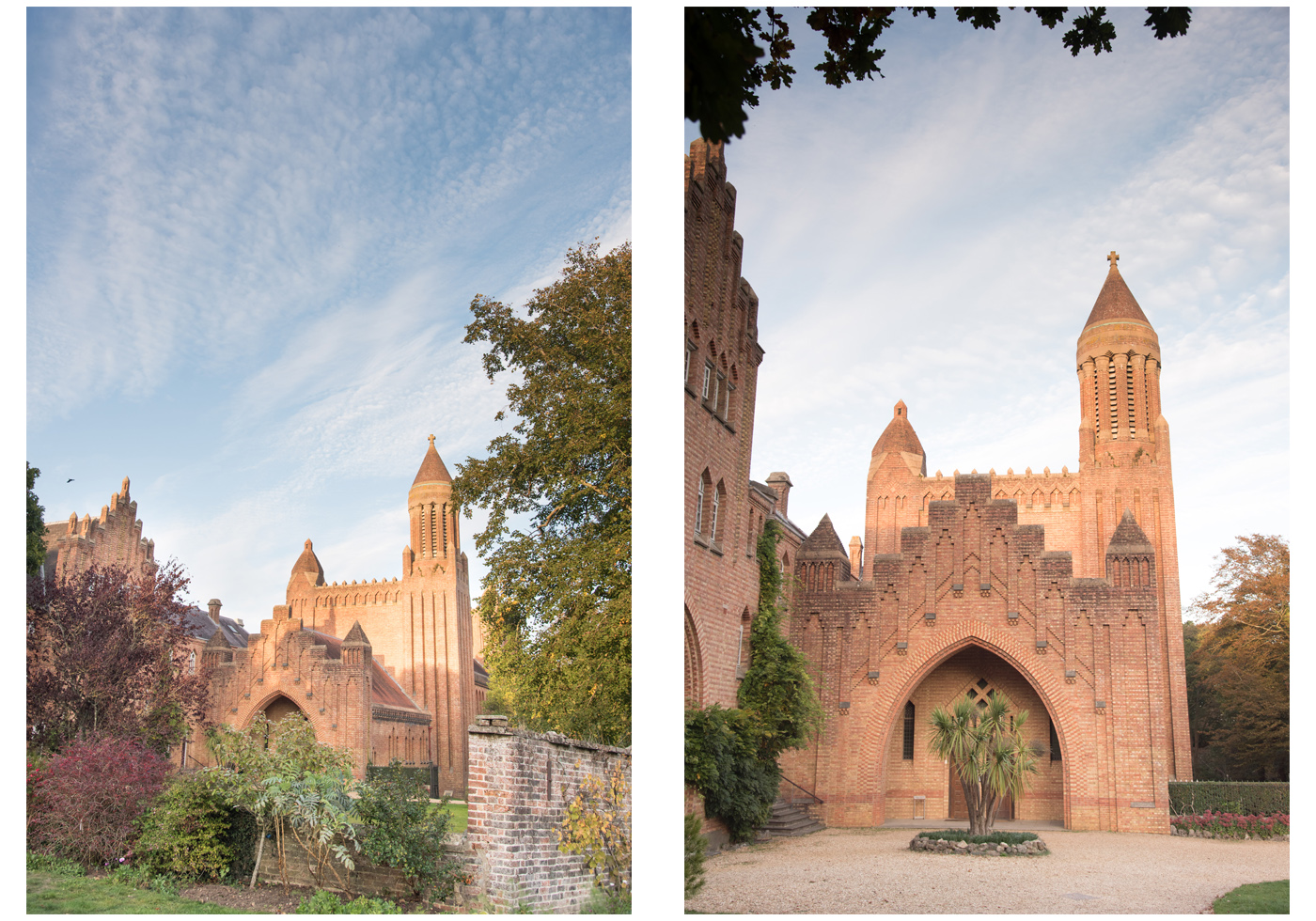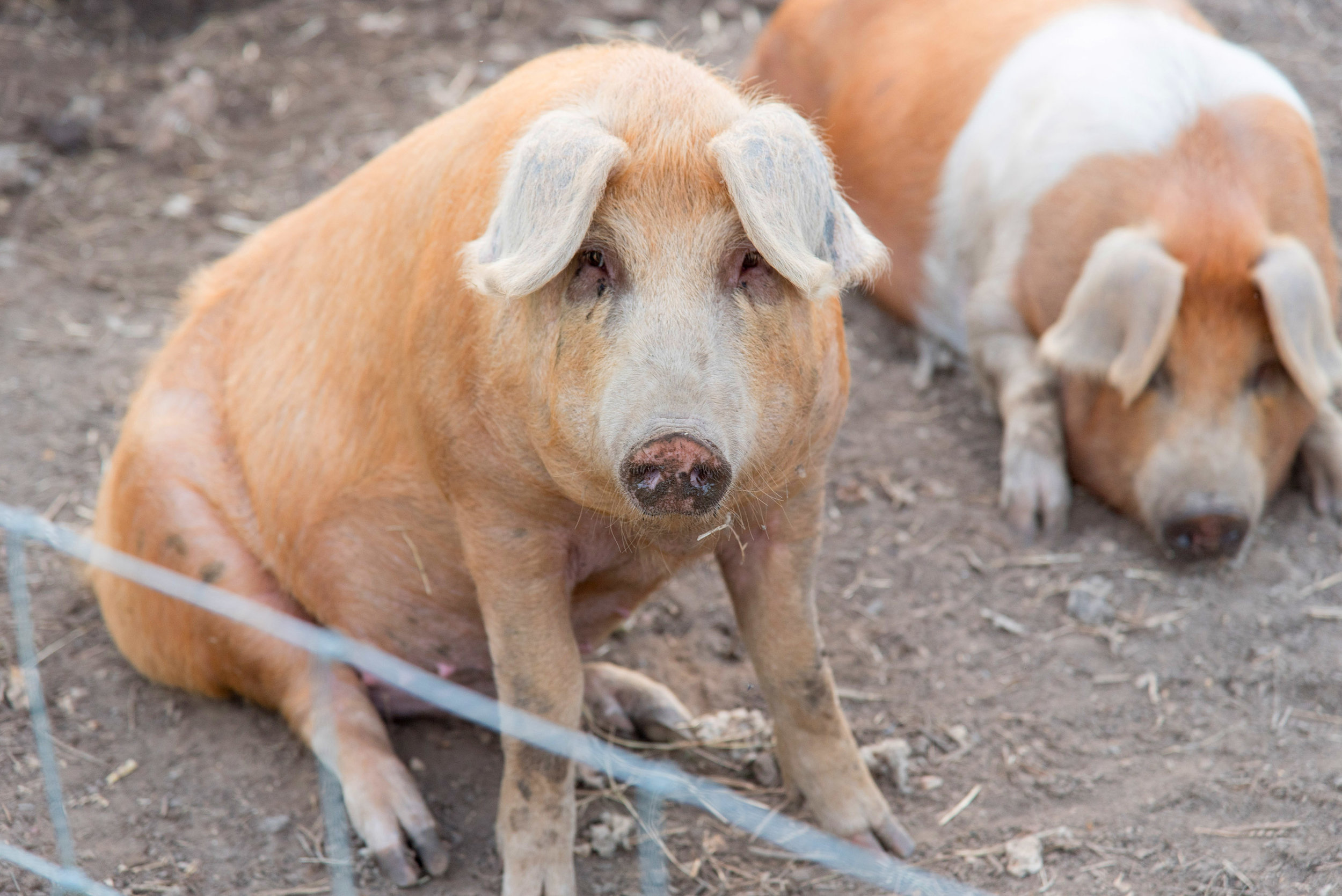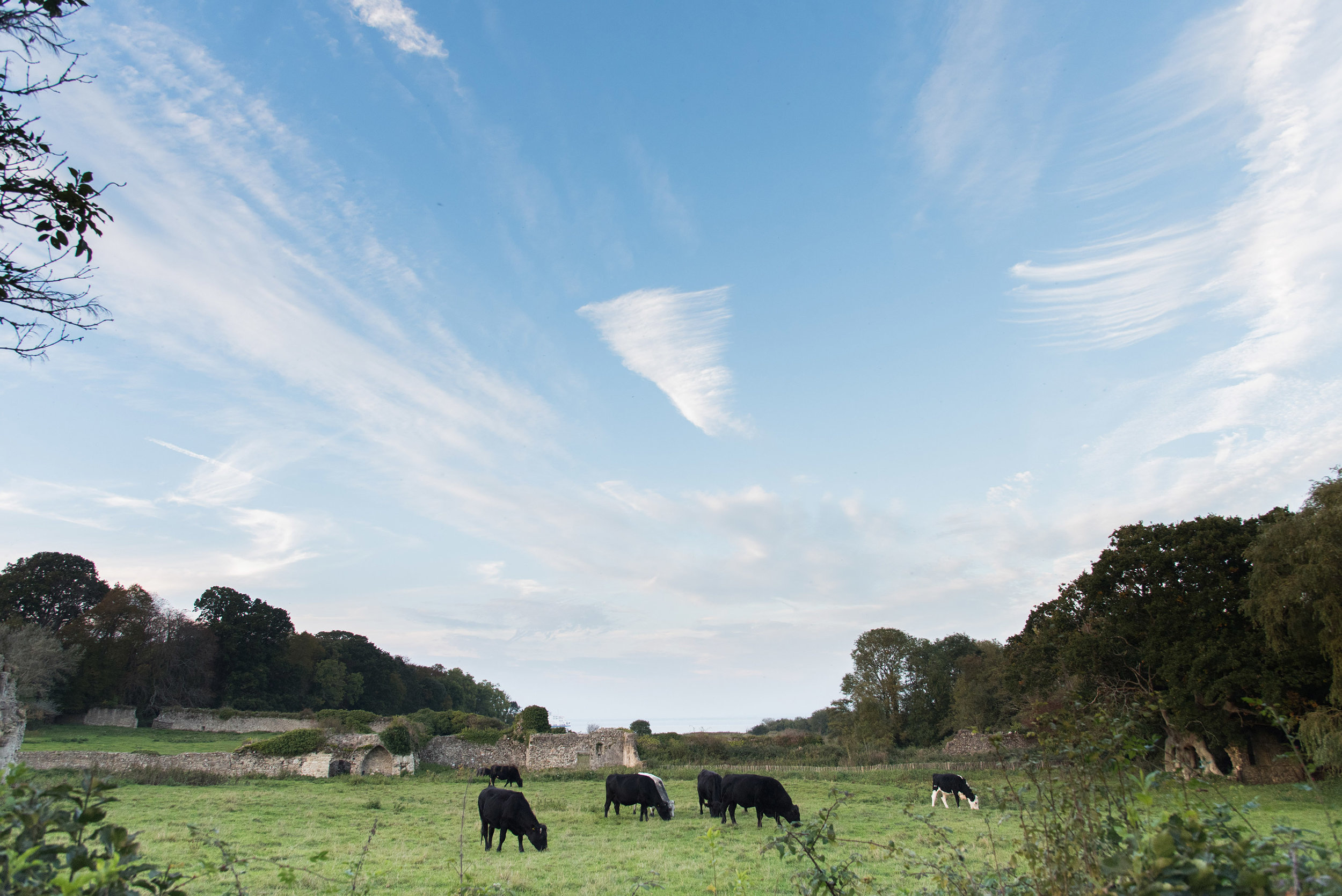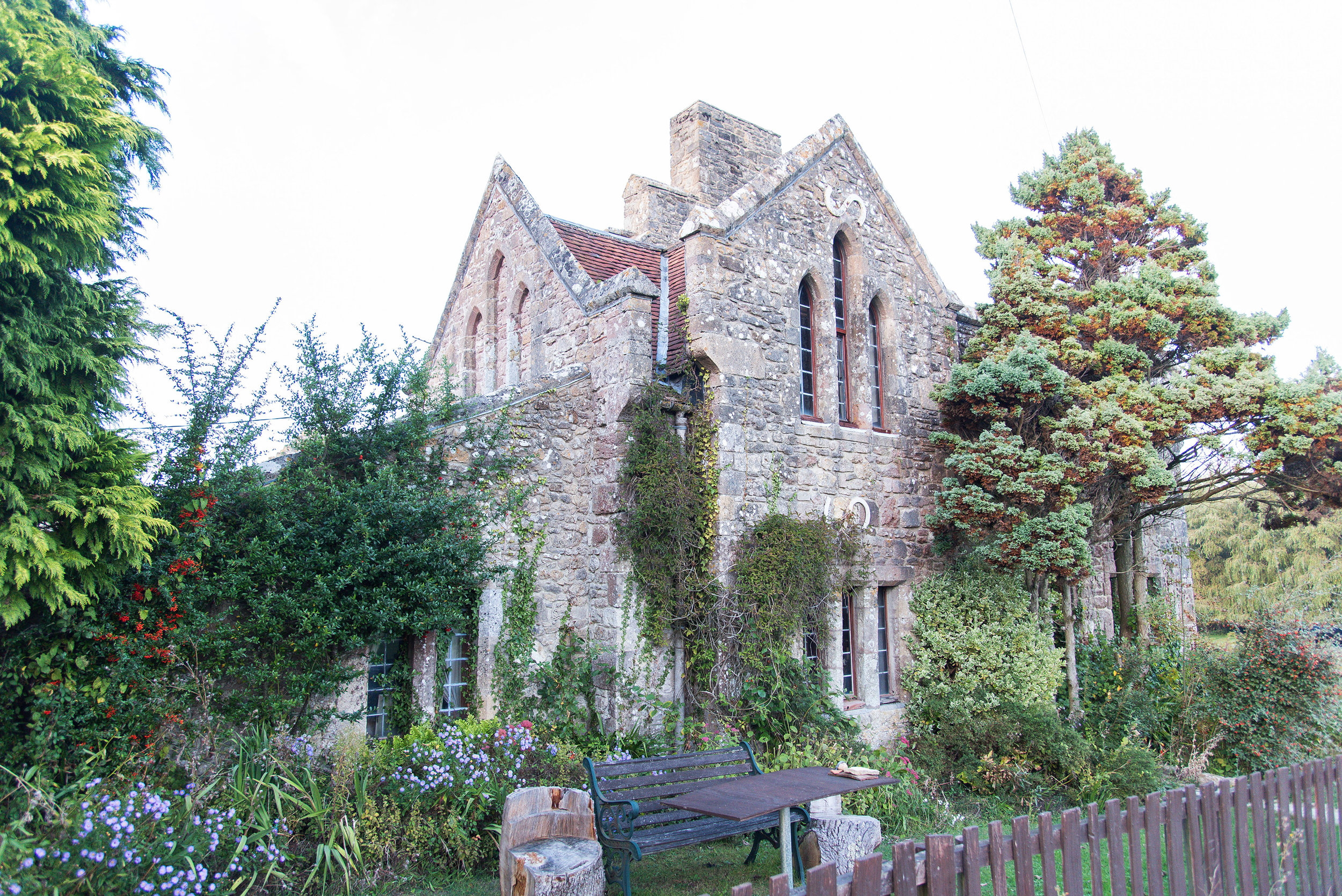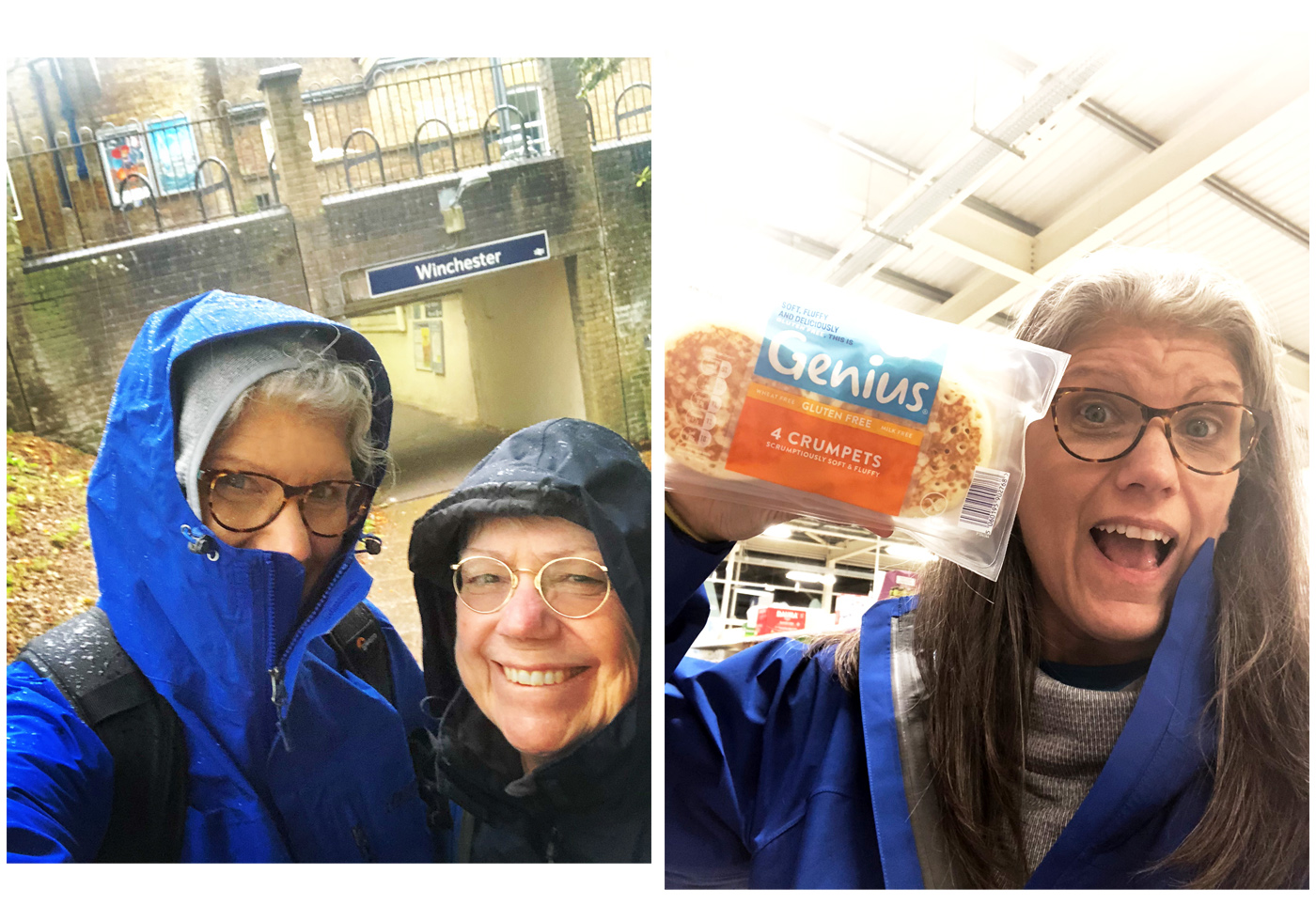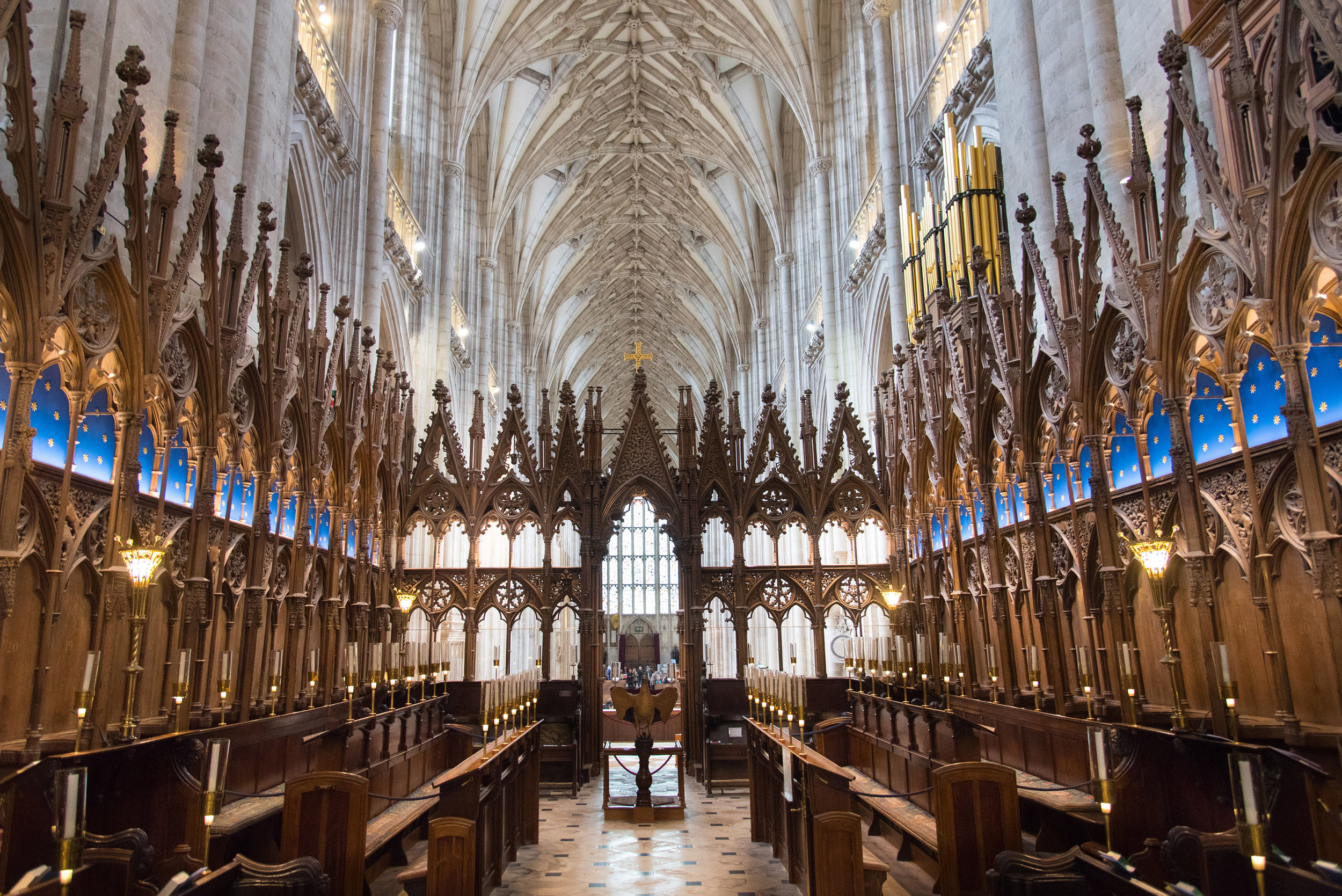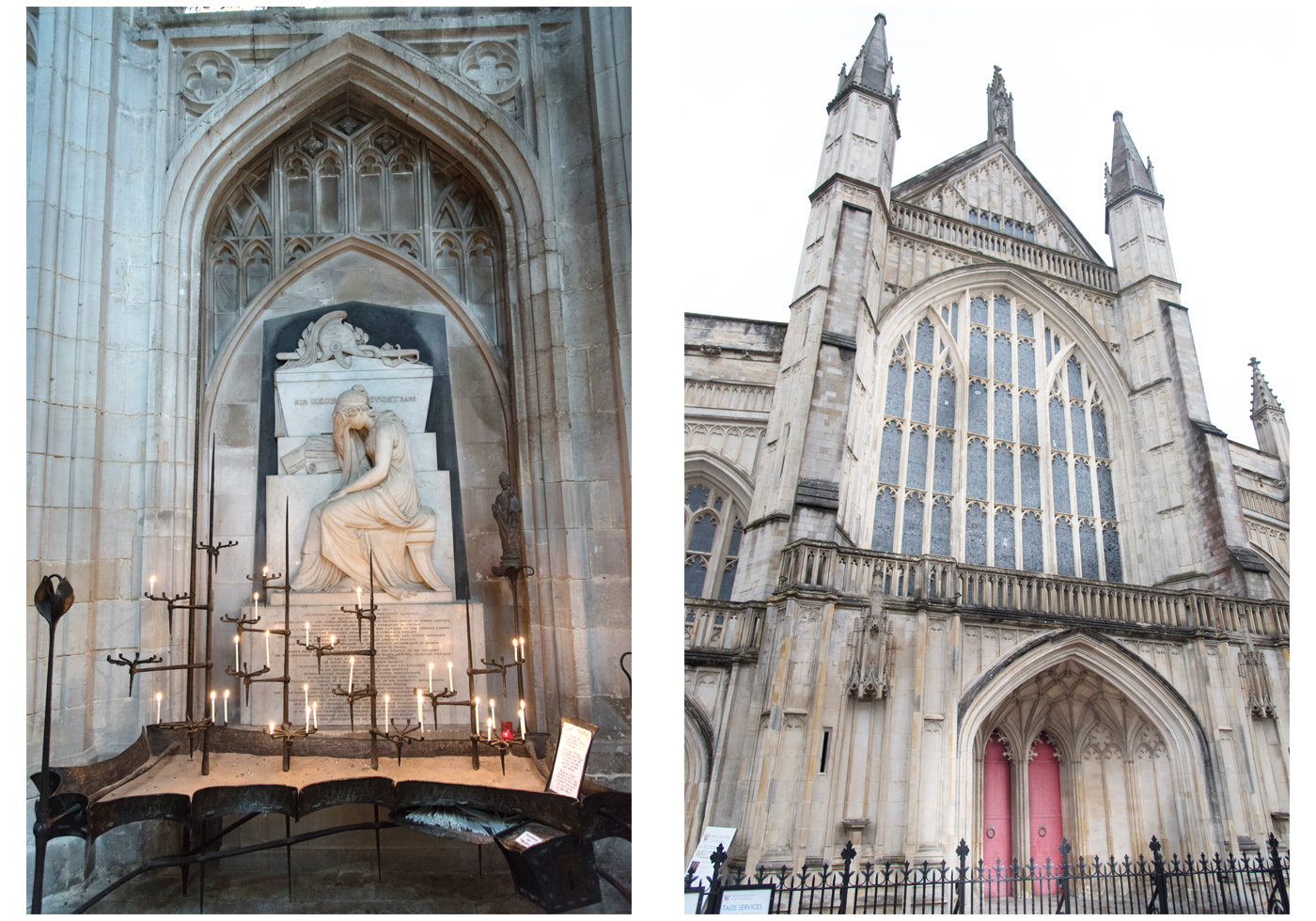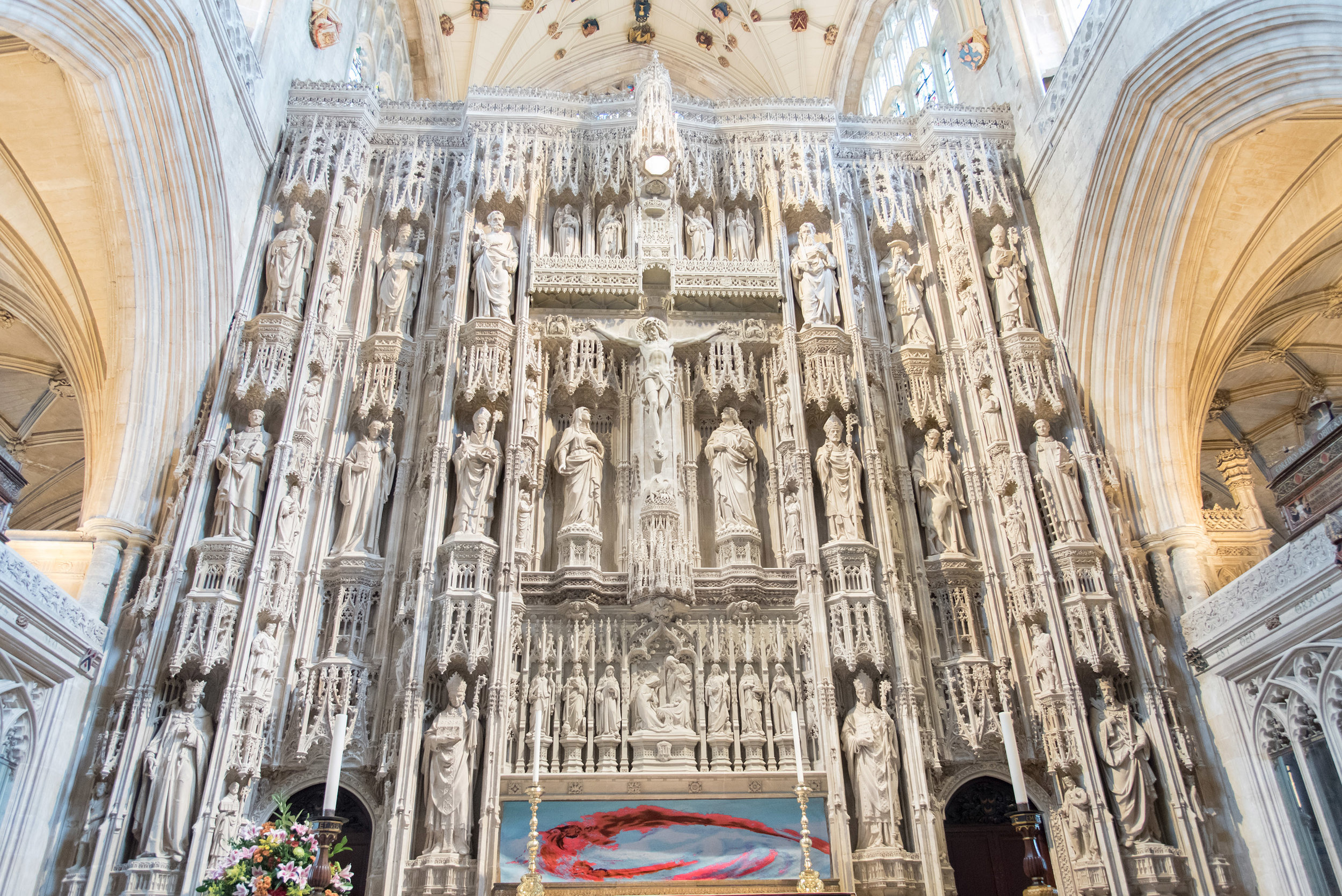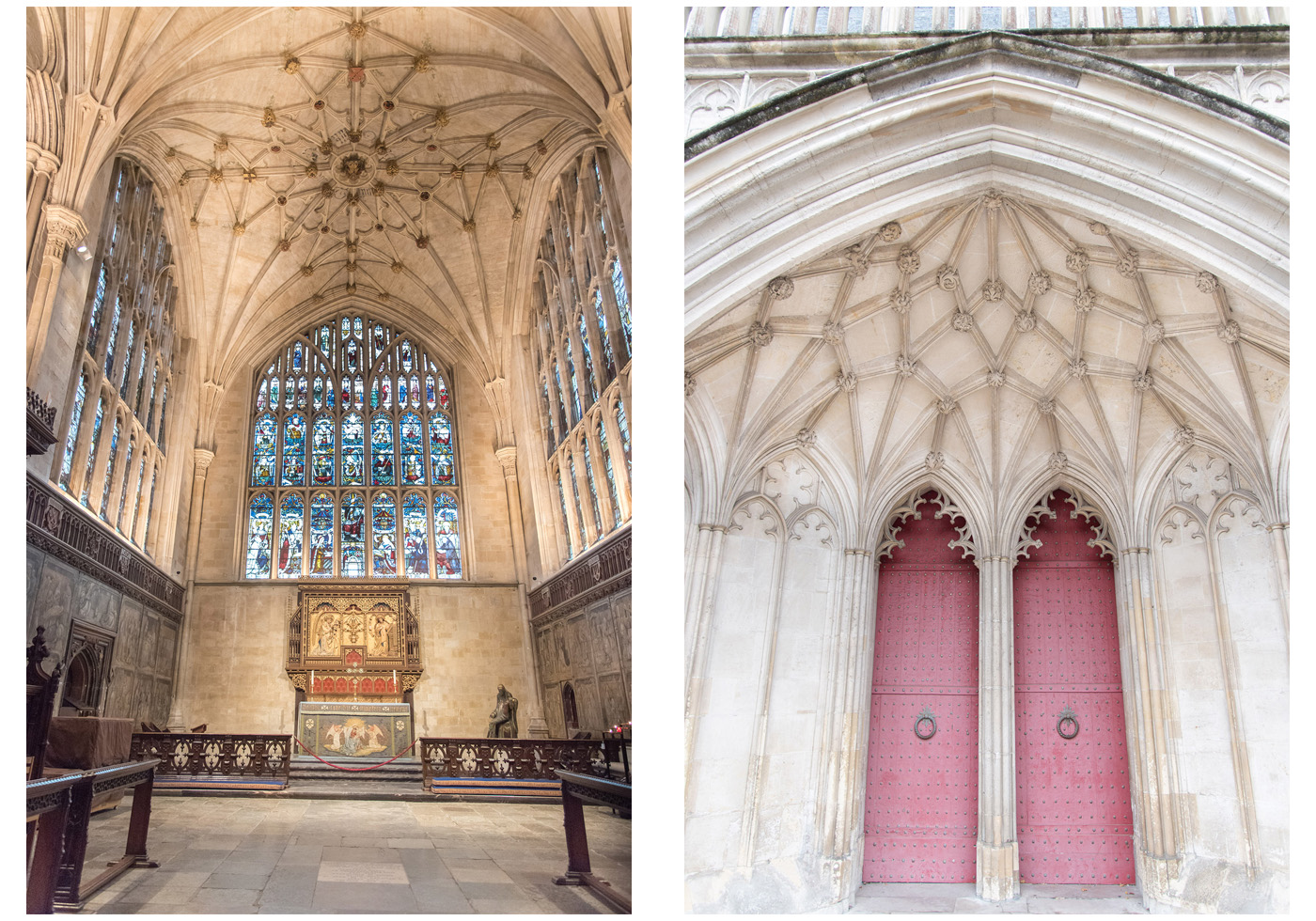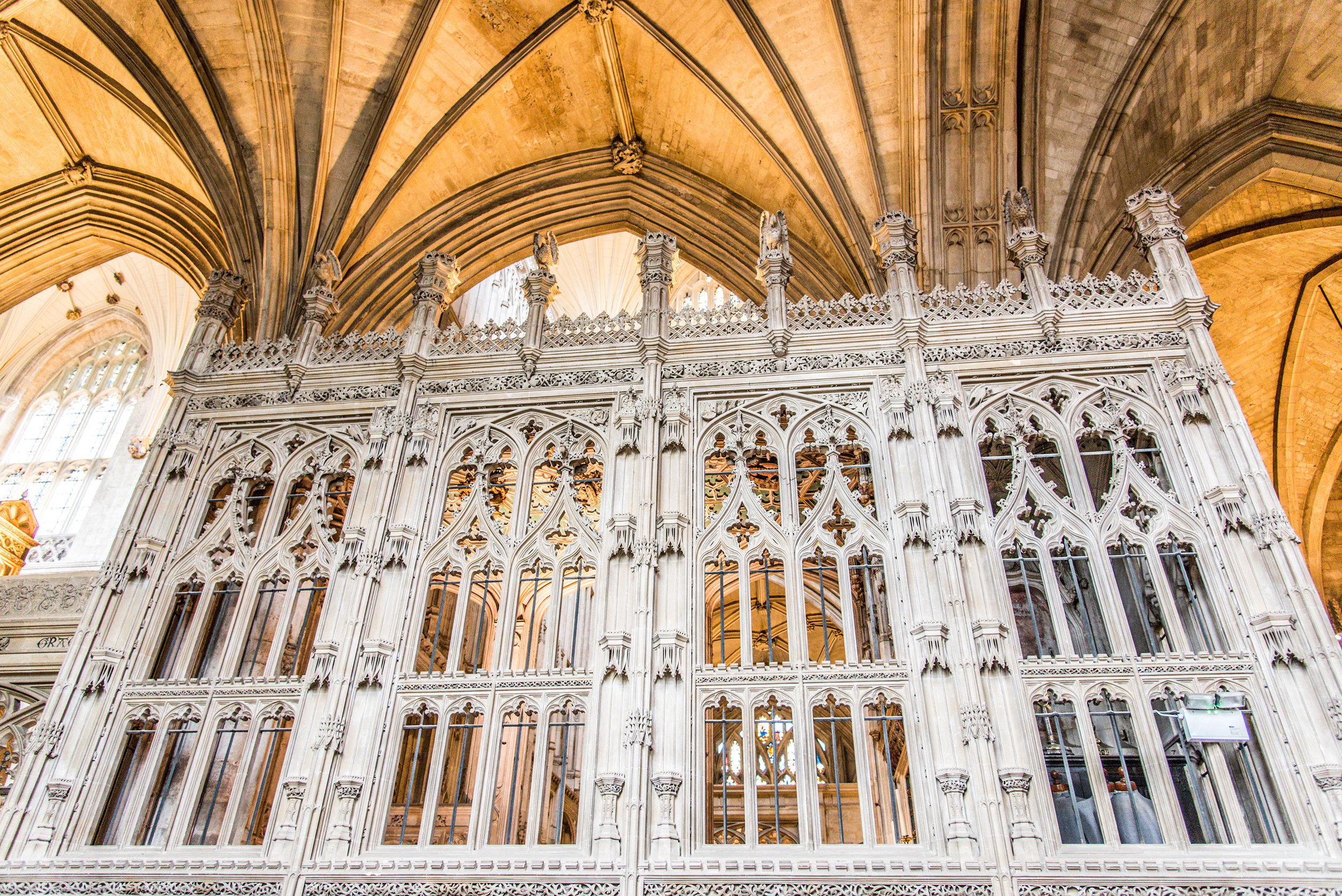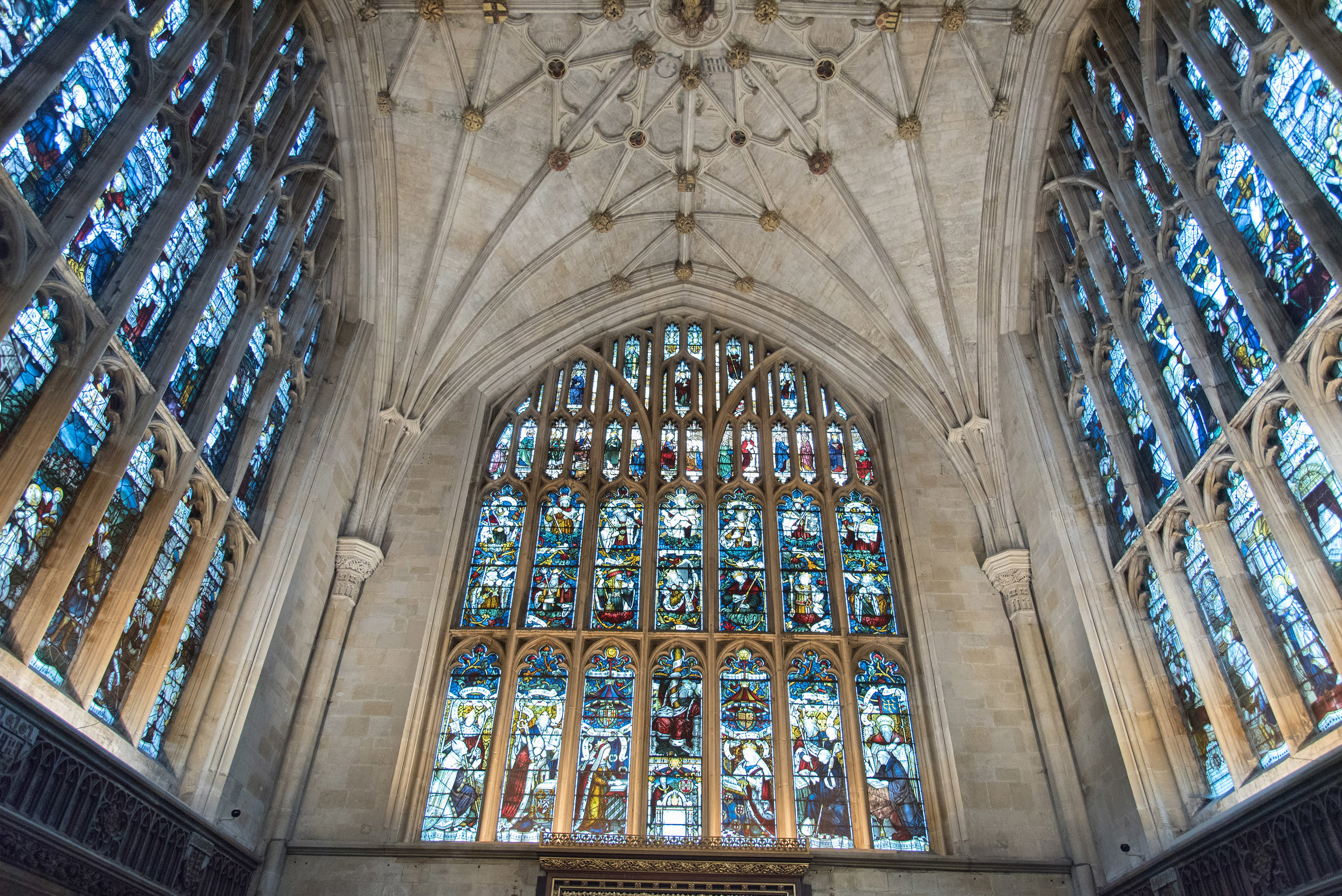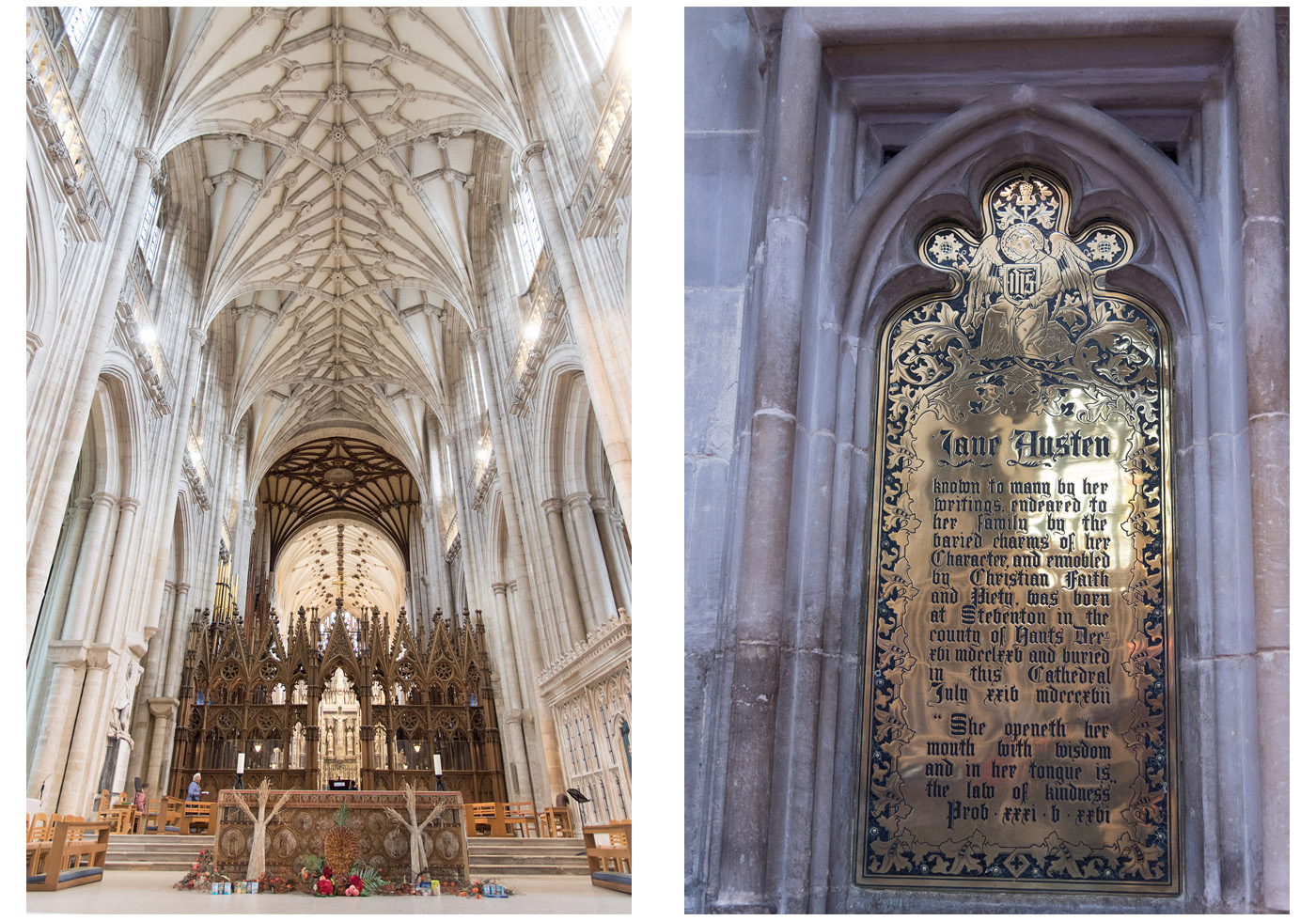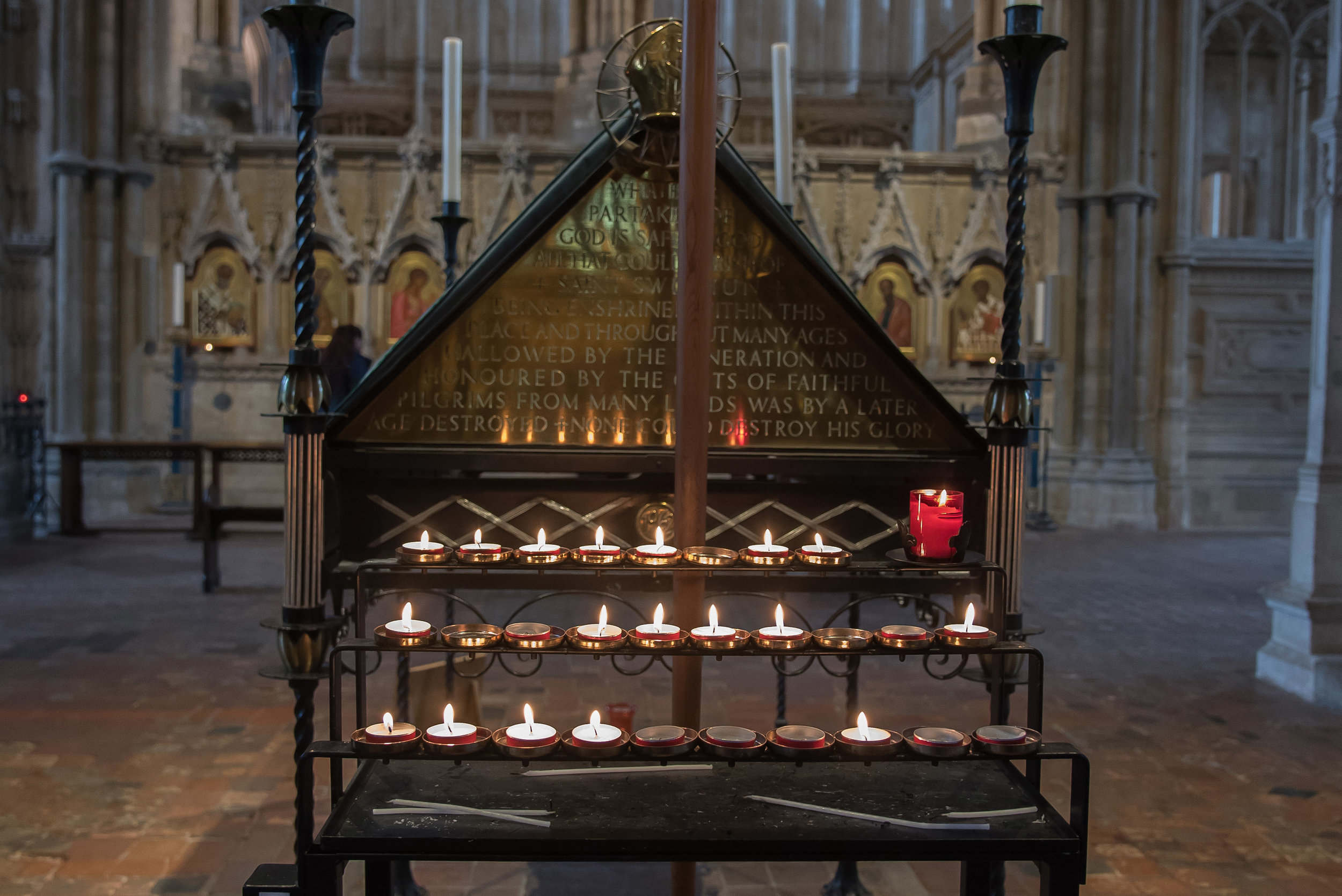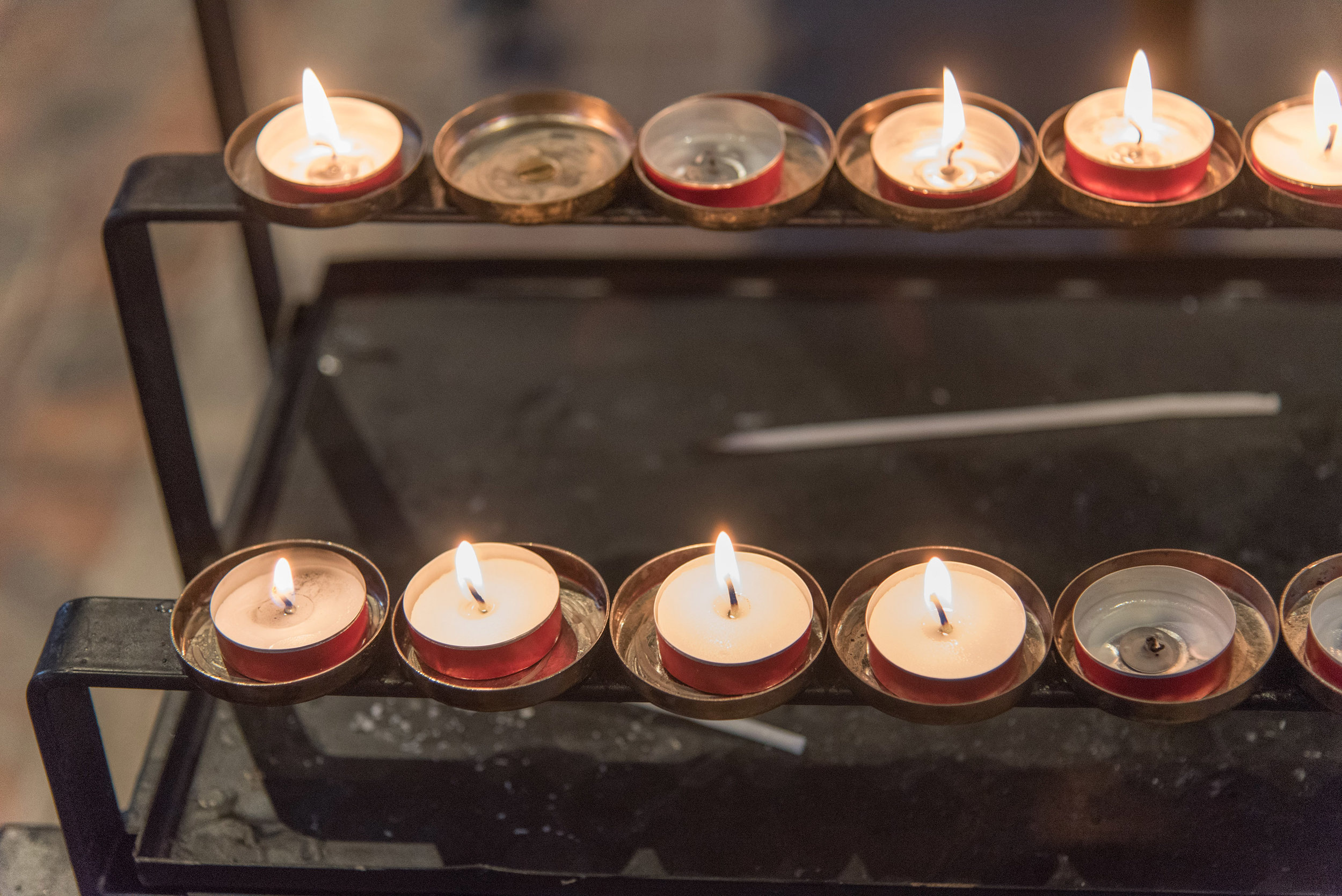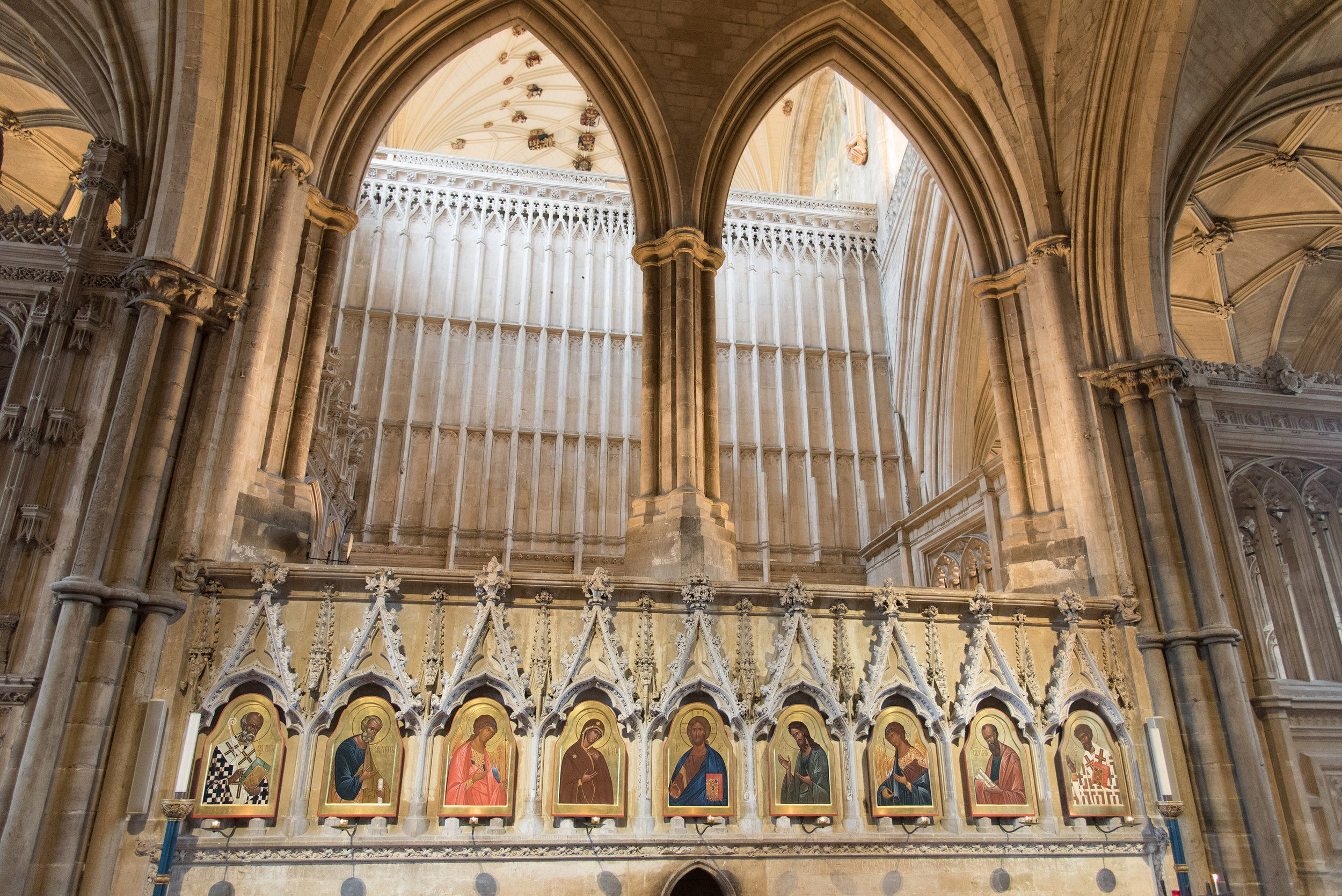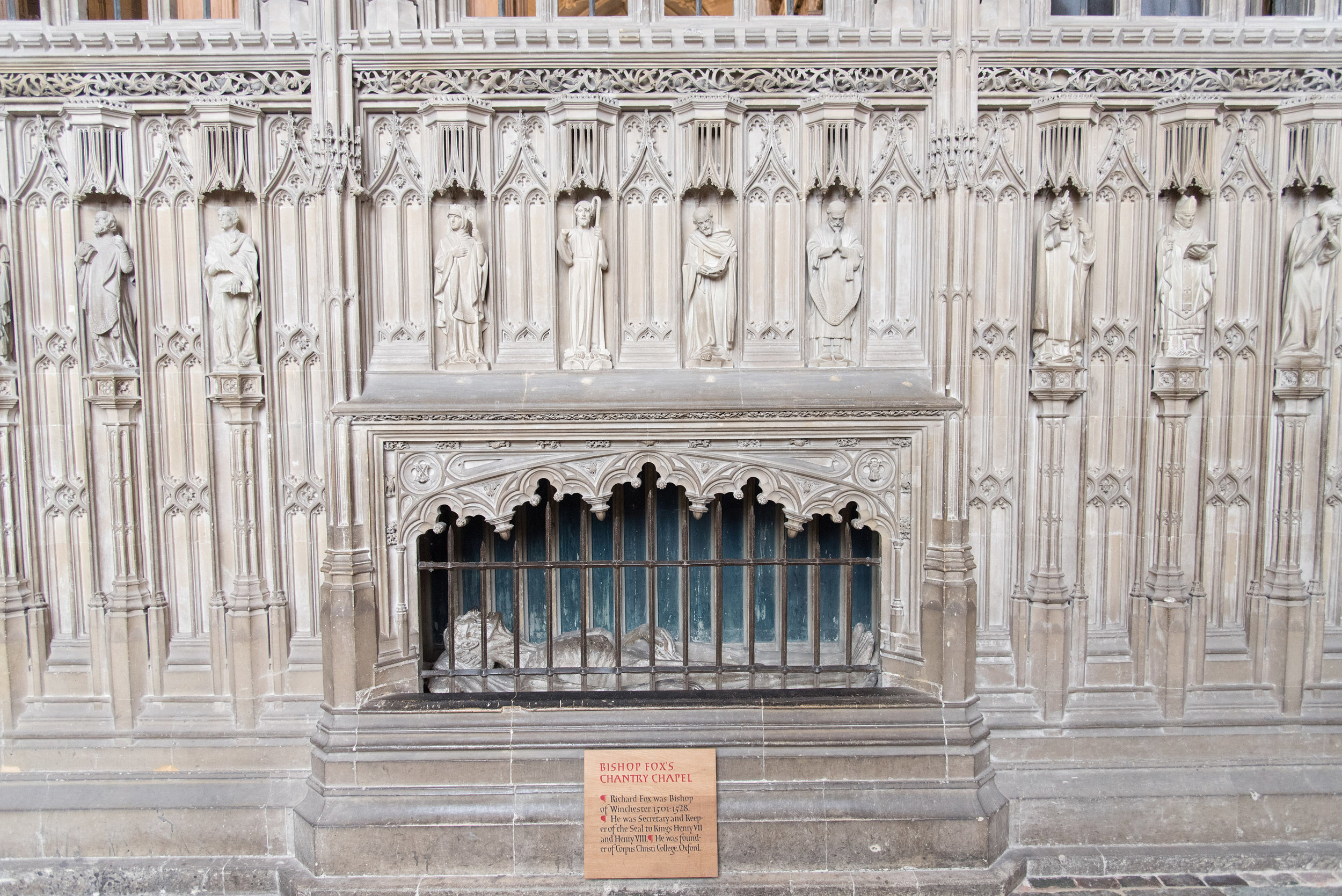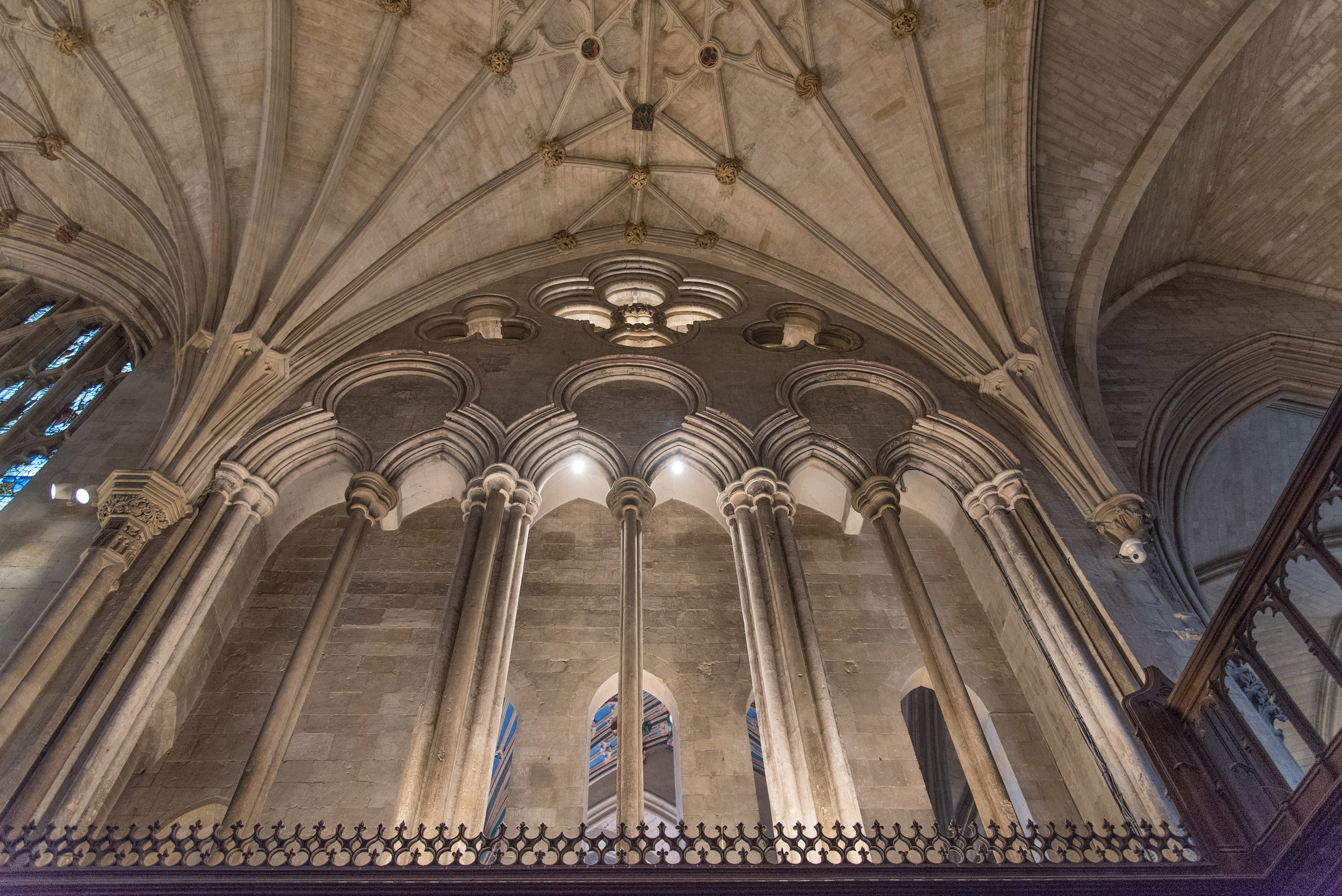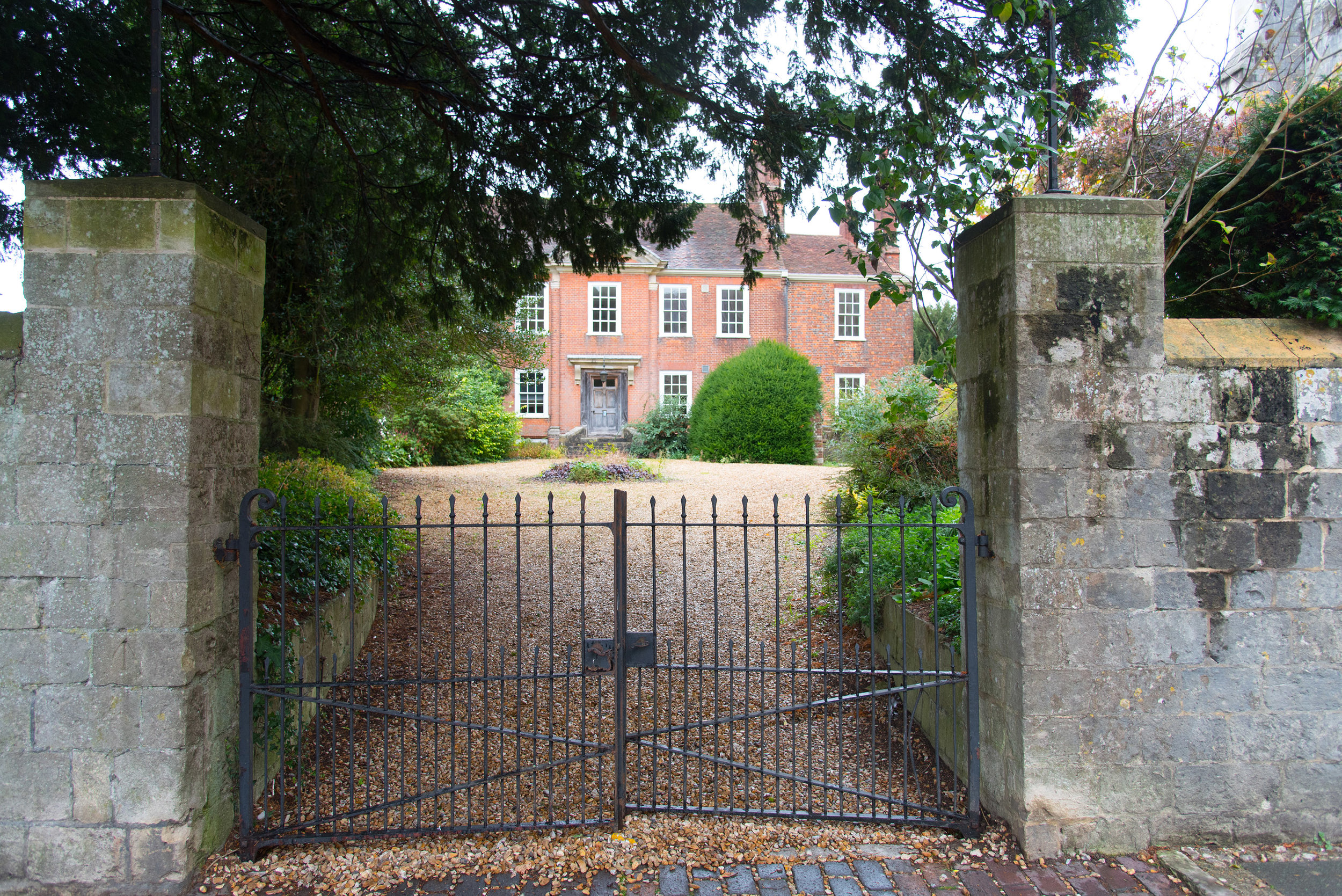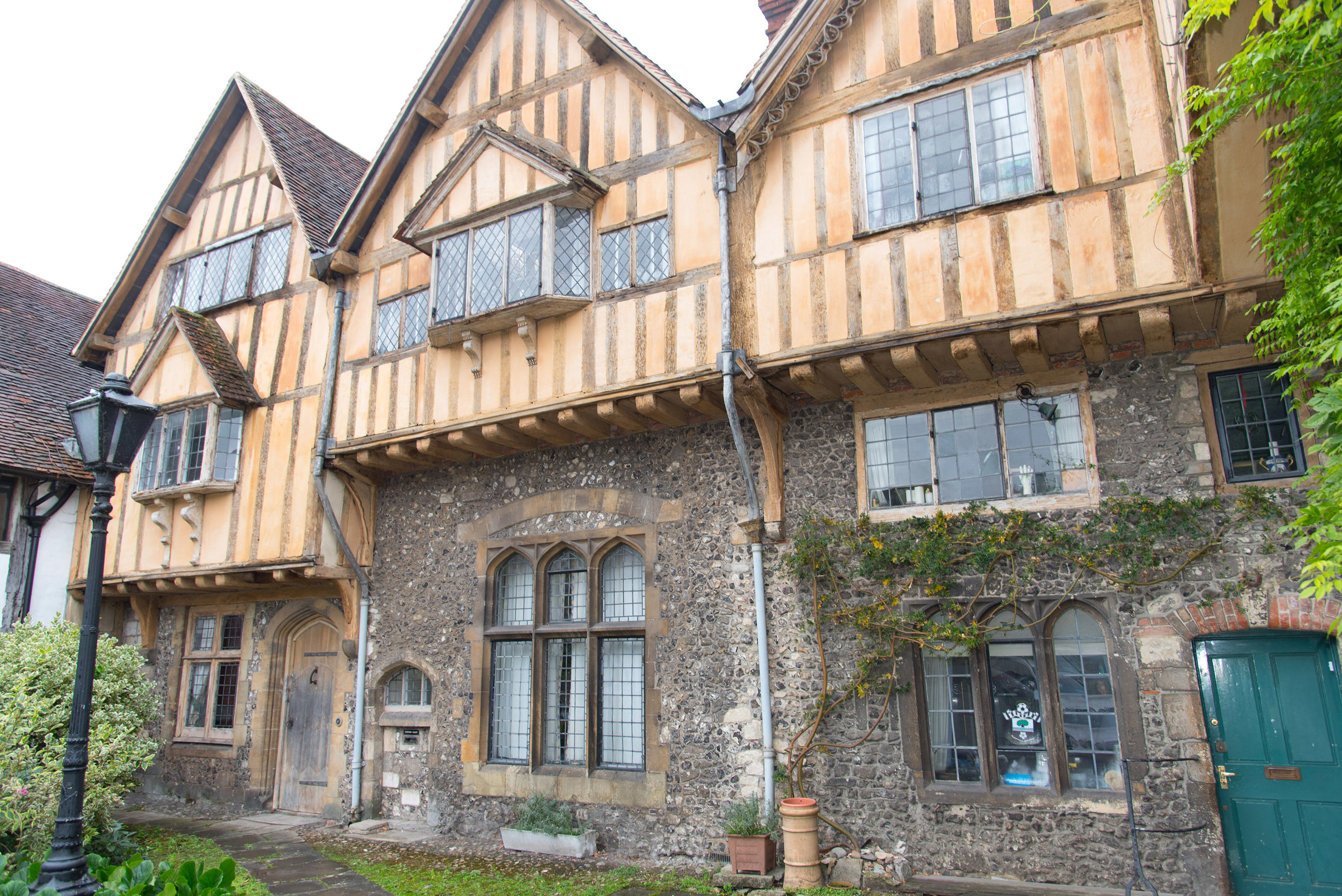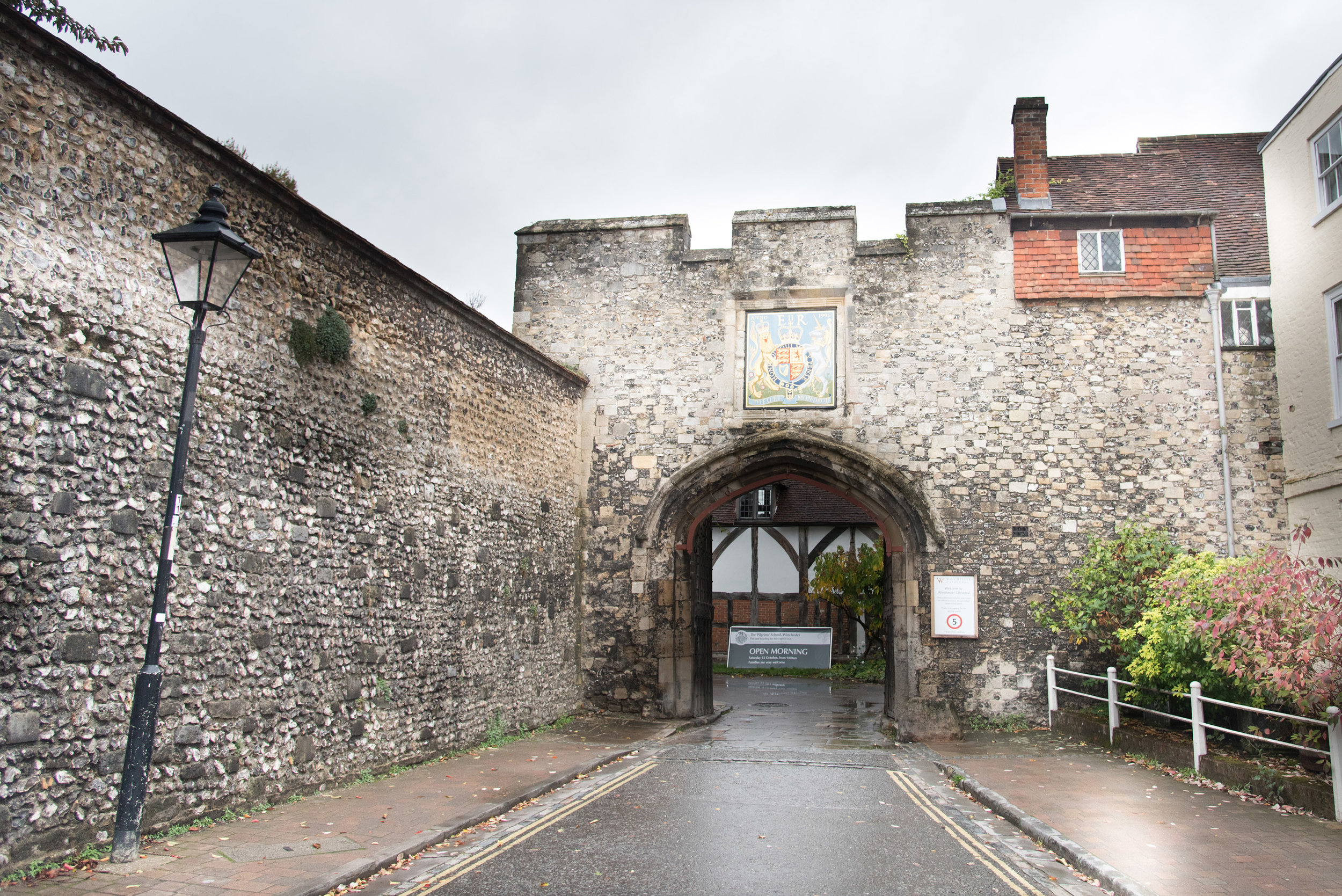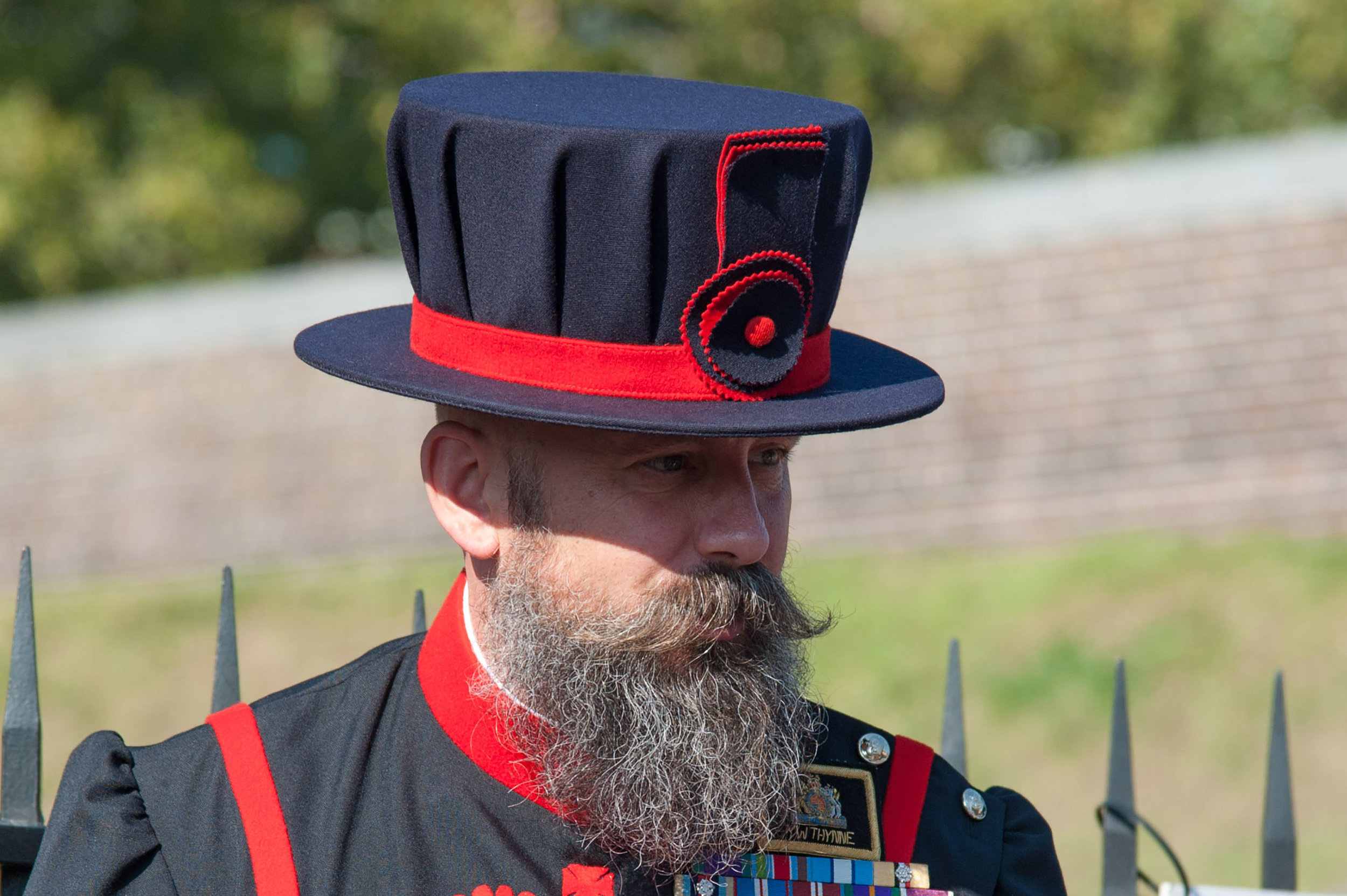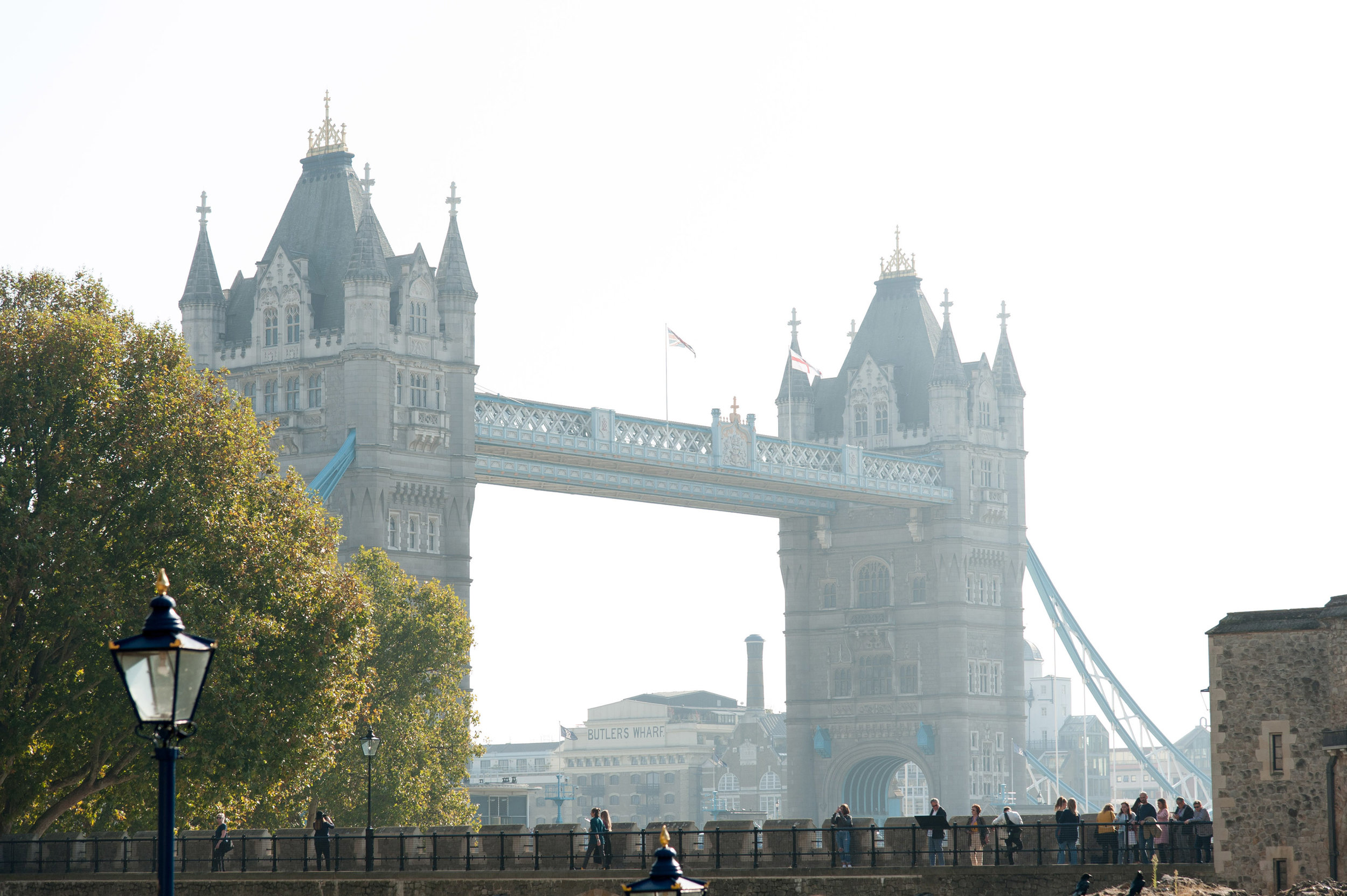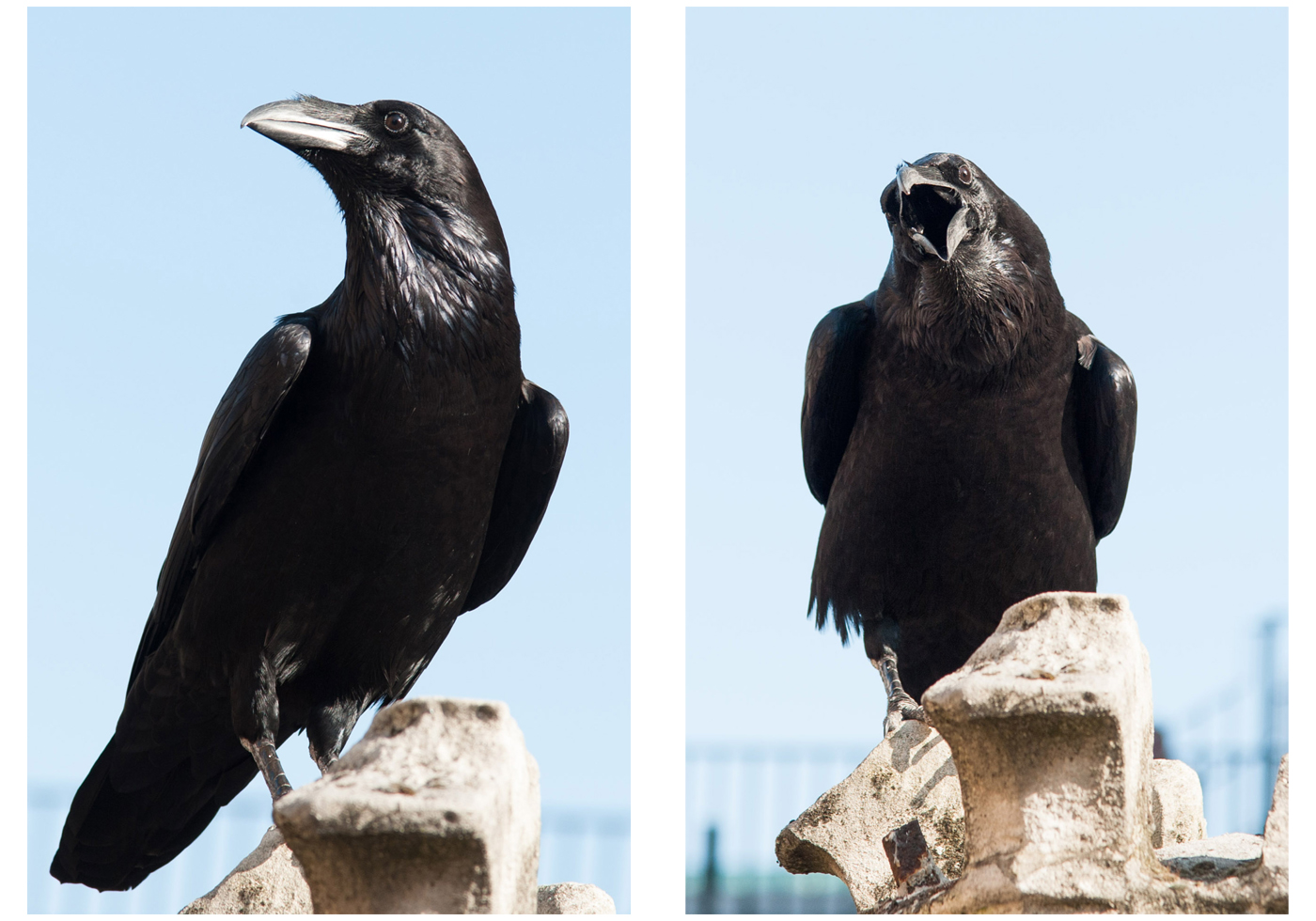Sightseeing FOMO :: England, Part Three
I live with perpetual FOMO (Fear Of Missing Out.) If I’m at a friend or family gathering, for example, and I’m dead tired, I won’t leave or go to bed because I don’t want to miss anything. Never has my FOMO been so acute as when I was in Europe. No matter where I was, I was always just 30 minutes or 50 miles or one city or country away from another iconic sightseeing opportunity. So when presented with the prospect of squeezing in one more thing, I typically said yes—jet lag and aching feet be damned.
After we closed down Osborne House—meaning we were the last ones to leave before they shut the doors (see this post)—Joanna asked me if I wanted to visit Quarr Abbey. We had just enough time before it got dark, which gifted us with amazing light.
Quarr is a Benedictine Abbey on the Isle of Wight that was rebuilt in 1912 (the ruins of the original, which was dismantled in the 1500’s on the order of King Henry the Eighth, are still there.) The monks raise pigs, and there are horses and cattle on the property. If you look in the distance of the photo of the cows, you can see some of the ruins. The Abbey owns the old farmhouse (pic below), but rents it out to an individual, who has the incredible privilege of living in the midst of the ruins.
The next day we headed back to London because we had a plane to catch to Prague at the butt-crack of dawn the following day. I was very tired but after much deliberation decided to make the trek to Winchester to see the Cathedral. (If you’re under 40 you probably won’t know the iconic song about Winchester Cathedral, but I’m happy to offer you a link to the ear worm here.) As you can see, it was a rainy, cold, dreary day when we arrived in Winchester. The photo on the right is just a random token of my excitement at having found gluten-free crumpets.
There was a choir practicing when we arrived and as you might imagine, the acoustics were to die for. It was so lovely. Like most churches I visited in Europe, this one put me in beauty overload. No matter where you turned there were intricate, carefully crafted elements, even down to the micro level. The floors, the walls, the ceilings and murals and statues and altars; the quires and especially the windows—conspired to create a rhapsody of historic and artistic brilliance that was simultaneously overwhelming and deeply moving.
There are numerous notable people buried in these churches; here’s one that surprised me.
Most churches I visited had shrines and offered the option to light candles for loved ones. I decided to light one for each of my granddaughters—Piper, Haven, Drew and Storey (lower left.)
After we left the cathedral Joanna offered to walk me down a few streets so that I could get a feel for this small British community. My feet felt like they had been shredded, but again, I didn’t want to miss out and it had finally stopped raining. Here’s a sample of what we saw.
This final group of photos is from a different day (as evidenced by the sunny weather.) We had just returned from Prague and were headed to Vienna that night. But it’s the last set of pics from England so I thought I’d include them here. That day we met up with my husband, Craig, who had just come from America with my other camera to replace the one that had broken. He and I made a very quick trip to the Tower of London. This building is where the Crown Jewels are housed. My daughter Anna told me it was worth the trip to see them, and it was. But alas, they do not allow any photos of the jewels whatsoever.
This is one of the Beefeaters, who are ceremonial defenders of the Crown Jewels and keepers of Tower prisoners (hint: there are none today.) The tours they’ve offered since the Victorian Era are highly entertaining, theatrical and provide somewhat of a caricature of the Yeoman Warders who really did carry out both of these tasks. All Beefeaters are retired from the Armed Forces with at least 22 years of service. One perk: they actually live on the premises. Why are they called Beefeaters? There are several theories, but one of the most common is that long ago chunks of beef were part of their salary.
Despite the sunshine it was a hazy day, but this was my only shot at grabbing a pic of the Tower Bridge. Apparently it’s extremely common for people to mistake this for London Bridge.
This is the famed “Traitor’s Gate,” through which our Beefeater said that Anne Boleyn passed through on her way to her imprisonment and eventual beheading. Some historians dispute this.
As we were leaving the Tower of London, this guy sat perched on a stone column, preaching his sermon to all that would listen (and I dare say that there were precious few who could opt out. He was loud.)
Next up: Prague!
